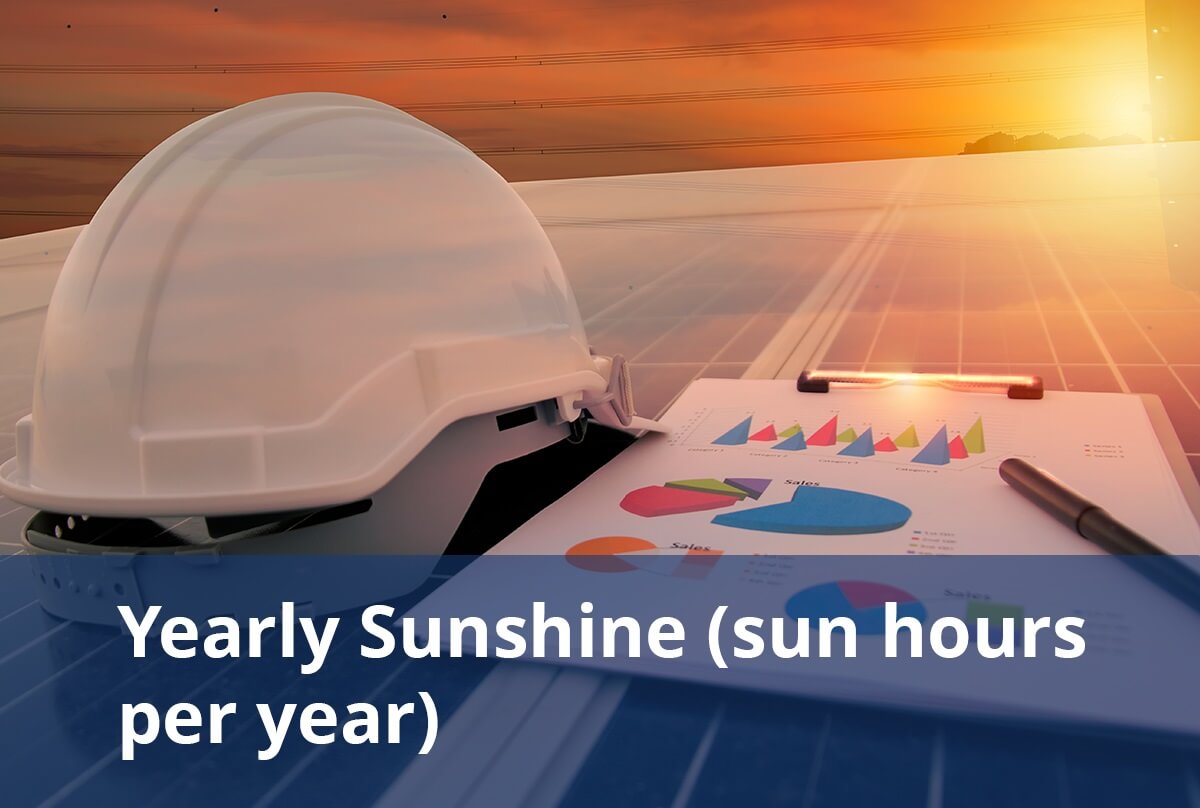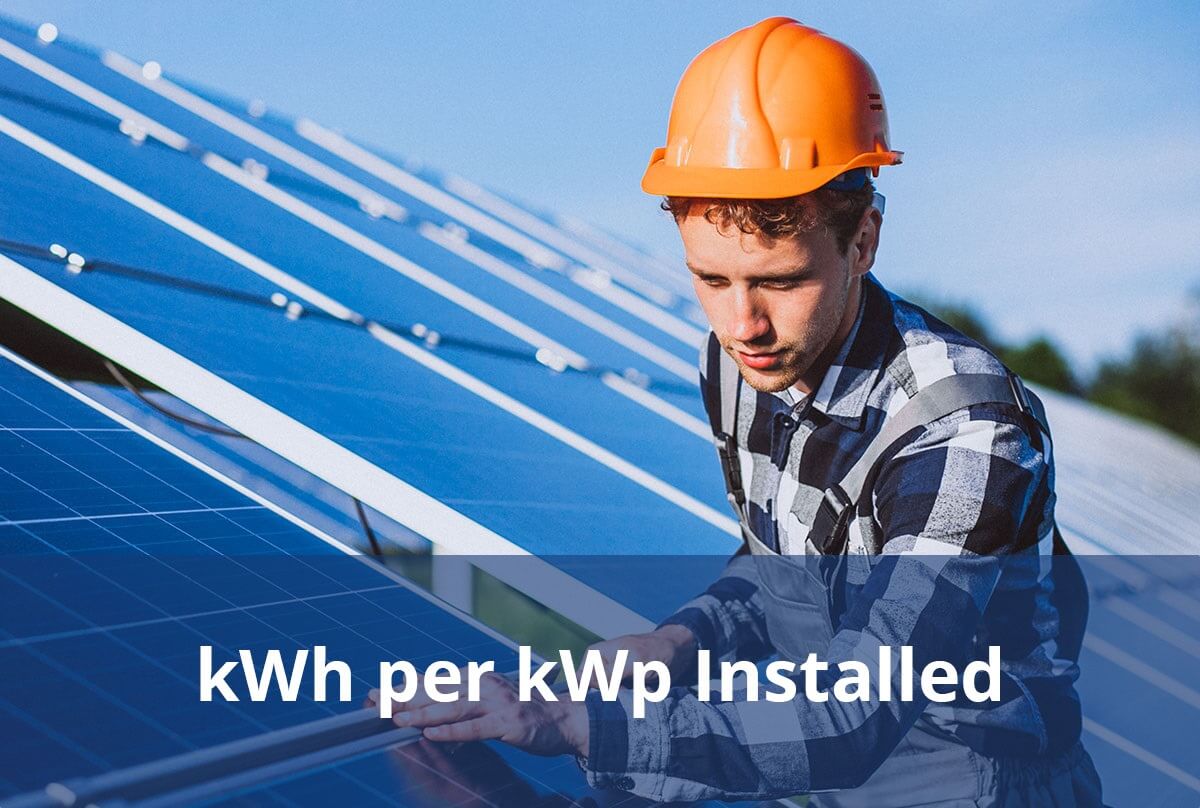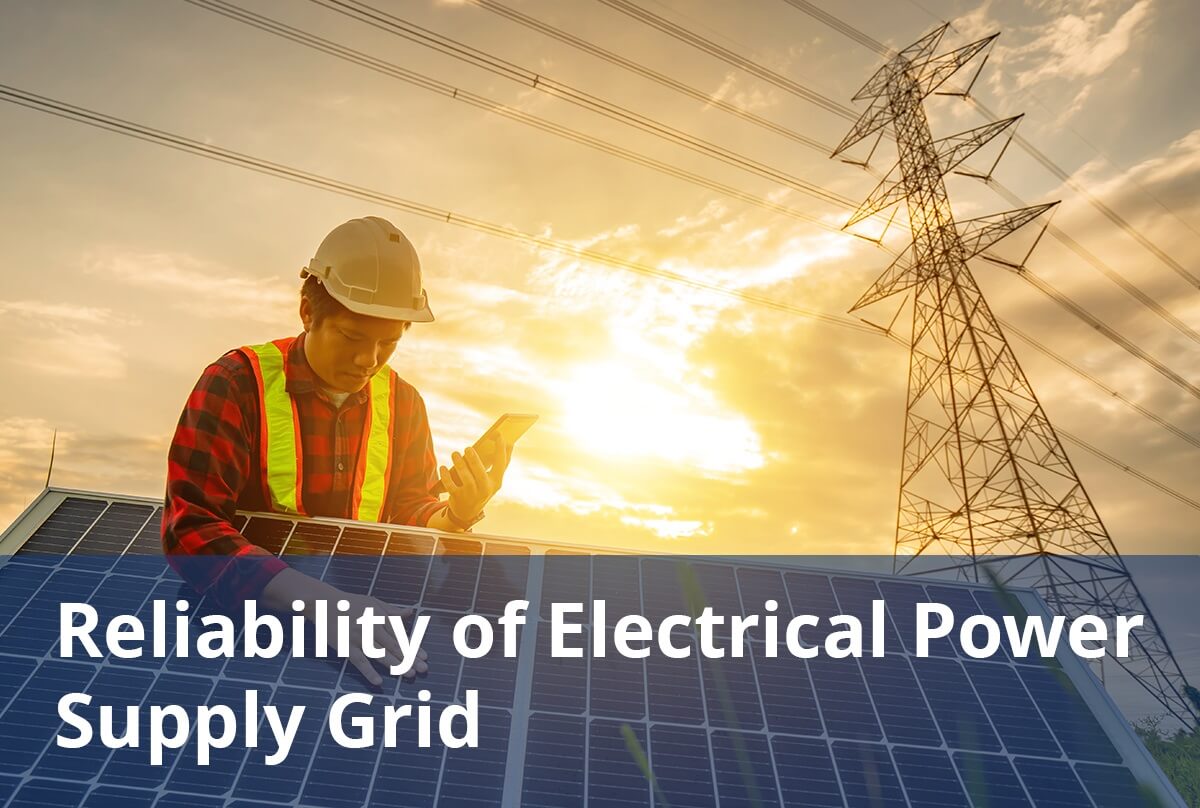Discover comprehensive insights into the statistics, market trends, and growth potential surrounding the solar panel manufacturing industry in Senegal
- Sunpope (2024). Best Time to Visit Senegal (Climate Chart and Table). SunPope. Retrieved from https://www.sunpope.com/senegal/
- Atlas, W. (2024). Yearly & Monthly weather – Dakar, Senegal. Weather Atlas. Retrieved, from https://www.weather-atlas.com/en/senegal/dakar-climate
- Ten Marina Solar power plant –Senegal. Retrieved from https://www.meridiam.com/assets/ten-merina-solar-plant-senegal/
- Grille tarifaire – Senelec. (2015). Senelec.sn. Retrieved from https://www.senelec.sn/grille-tarifaire
- Senegal: reliability of electricity supply 2020-2021. (2022, April). Statista. Retrieved May 31, 2024, from https://www.statista.com/statistics/1315906/share-of-individuals-with-a-reliable-supply-of-electricity-in-senegal/
- CRSE | Commission de régultation du secteur de l’énergie. (2023). Www.crse.sn. Retrieved from https://www.crse.sn/la-production
- Senegal. (2019). GET.invest. Retrieved from https://www.get-invest.eu//market-information/senegal/
- International Energy Agency (2024). Strong energy foundations support Senegal’s ambitious plans to ramp up sustainable economic growth. Retrieved from https://www.iea.org/news/strong-energy-foundations-support-senegal-s-ambitious-plans-to-ramp-up-sustainable-economic-growth/
- Senegal | Scaling Solar. (2022). Retrieved from https://www.scalingsolar.org/active-engagements/senegal/
- Accueil. (2023.). Ministère Du Pétrole et Des Energies. Retrieved from https://energie.gouv.sn/
- Agence Nationale de la Statistique et de la Démographie (ANSD). (2024). Overhead solar panel production cost in Senegal. Retrieved from https://nso-senegal.opendataforafrica.org/data/
- Senegal introduces VAT exemption for off-grid solar products. (2020, September 2). Pv Magazine International. Retrieved from https://www.pv-magazine.com/2020/09/02/senegal-introduces-vat-exemption-for-off-grid-solar-products/
- European Investment Bank (2023). Senegal and international partners announce a Just Energy Transition Partnership combining climate and development objectives. (2023, June 23). Retrieved from https://www.eib.org/en/press/all/2023-242-senegal-and-international-partners-announce-a-just-energy-transition-partnership-combining-climate-and-development-objectives
- Energy Capital and Power. (n.d.). Senegal clean energy: Scaling Solar Program. Retrieved from https://energycapitalpower.com/senegal-clean-energy-scaling-solar-program
- Paylab.com. (2024). Salaries on positions in Senegal – Paylab – Salary Survey, Compare Salary, Salary Data. Retrieved from https://www.paylab.com/sn/salaryinfo
- AdminQUO. (2023, November 6). Results of the 5th General Census: Predominance of Men. Lequotidien – Journal d’Information Générale. Retrieved from https://lequotidien.sn/results-of-the-5th-general-census-predominance-of-men/
- African Energy. (2024, February 18). Senegal’s energy infrastructure map – February 2024 | Www.africa-Energy.com. Retrieved from https://www.africa-energy.com/map/senegals-energy-infrastructure-map-february-2024
- ENF Ltd. (2024). ENF Solar. Retrieved from https://www.enfsolar.com/
- Nicolette Pombo-van Zyl. (2021, June 3). ENGIE and partners commission two solar plants in Senegal. Power Engineering International. Retrieved from https://www.powerengineeringint.com/solar/engie-and-partners-commission-two-solar-plants-in-senegal/
- Wage Indicator – Senegal. Retrieved from https://wageindicator.org/salary/minimum-wage/senegal
- Tax Summaries in Senegal. Retrieved from https://taxsummaries.pwc.com/senegal/individual/income-determination








